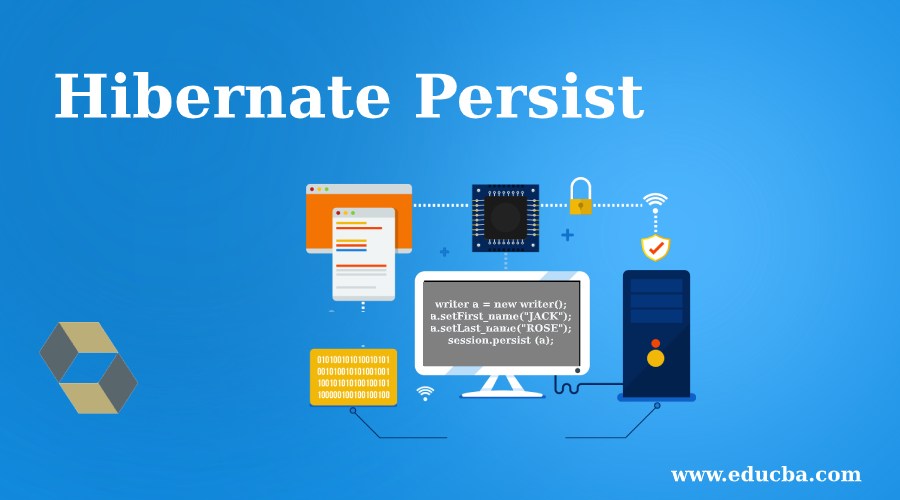

It abstracts the application from DriverManager or DataSource. Vlad Mihalcea is a Java Champion and Hibernate Developer Advocate and his Hibernate tutorial will teach you how to turn a data access layer that barely. Hibernate is an object-relational mapping (ORM) library for the Java language, providing a framework for mapping an. The interface provides methods for transaction management. The transaction object specifies the atomic unit of work. It also provides factory methods for Transaction, Query and Criteria.
Hibernate tutorial update#
The interface provides methods to insert, update and delete the object. It holds a first-level cache (mandatory) of data. Hibernate also provides query service along with persistence. It is factory of Transaction, Query and Criteria. Introduction Hibernate is a high performance Object/Relational mapping (ORM) framework completely used in Java. It is a short-lived object and wraps the JDBC connection. While we believe that this content benefits our community, we have not yet thoroughly reviewed it.

The session object provides an interface between the application and data stored in the database. // Tutorial // HQL - Hibernate Query Language - Example Tutorial. The interface provides factory method to get the object of Session. Because our focus is on Hibernate OGM and MongoDB, I won't provide a Hibernate Search or Apache Lucene tutorial. It holds second level cache (optional) of data. The SessionFactory is a factory of session and client of ConnectionProvider. Elements of Hibernate Architecture For creating the first hibernate application, we must know the elements of Hibernate architecture. alongwith existing Java API such as JDBC (Java Database Connectivity), JTA (Java Transaction API) and JNDI (Java Naming Directory Interface). Hibernate framework uses many objects such as session factory, session, transaction etc. This is the high level architecture of Hibernate with mapping file and configuration file. Let's see the diagram of hibernate architecture: The Hibernate architecture is categorized in four layers. This obviously is not a good idea in production environments, but very useful during development, especially when you are starting to define the database objects through JPA Entities.The Hibernate architecture includes many objects such as persistent object, session factory, transaction factory, connection factory, session, transaction etc. This will make JPA drop the database (deleting all the tables and schema) and recreate them any time we start the application.


Hibernate is one of the most widely used Java ORM tool. Hibernate is popular open source object relational mapping tool for Java platform. We also activated a database action to drop and create the database schema automatically. Welcome to the Hibernate tutorial for Beginners. This hibernate tutorial provide step by step instructions on using Hibernate. We added properties to specify the JDBC connection URL and the database user and password. This is an advanced topic we won’t cover in this article. In this example we want JPA to manage the transactions, but in more complex scenarios that require distributed transactions across multiple databases or services like JMS and JCA, we would use JTA instead. The transaction type indicates who manages the transactions, JPA or the server. This tutorial shows you how to build efficiently a sample blog application by combining. Every Persistence Unit needs a name that we can use later in the code. Pay close attention to the name and transaction-type parameters. If you are looking for a comprehensive course on JPA or Hibernate, I recommend reading the JPA spec and the official Hibernate docs. We’ll use only standard features and cover only the basics. This article gets you started with the Hibernate implementation of JPA. Another advantage is that someone with experience in, say EclipseLink or Apache OpenJPA, then they can use at least part of that experience when moving to Hibernate. One potential advantage of using it with JPA is that you can move between implementations if you want (something I have never seen happening, though). You can use Hibernate ORM without JPA or through JPA. The most popular JPA implementation is Hibernate ORM. JPA is an API specification that someone can implement–JPA providers or implementations. JPA solves the object-relational impedance mismatch by allowing you to map Java objects to database tables and is one of the most (if not the most) used persistence frameworks for Java. When Java EE was donated to the Eclipse Foundation under the Jakarta EE project, the name of the API changed to Jakarta Persistence but the term JPA is still in use. Tutorial Using Native Hibernate APIs and hbm.xml Mappings 2.1. JPA was born as the acronym for Java Persistence API.


 0 kommentar(er)
0 kommentar(er)
